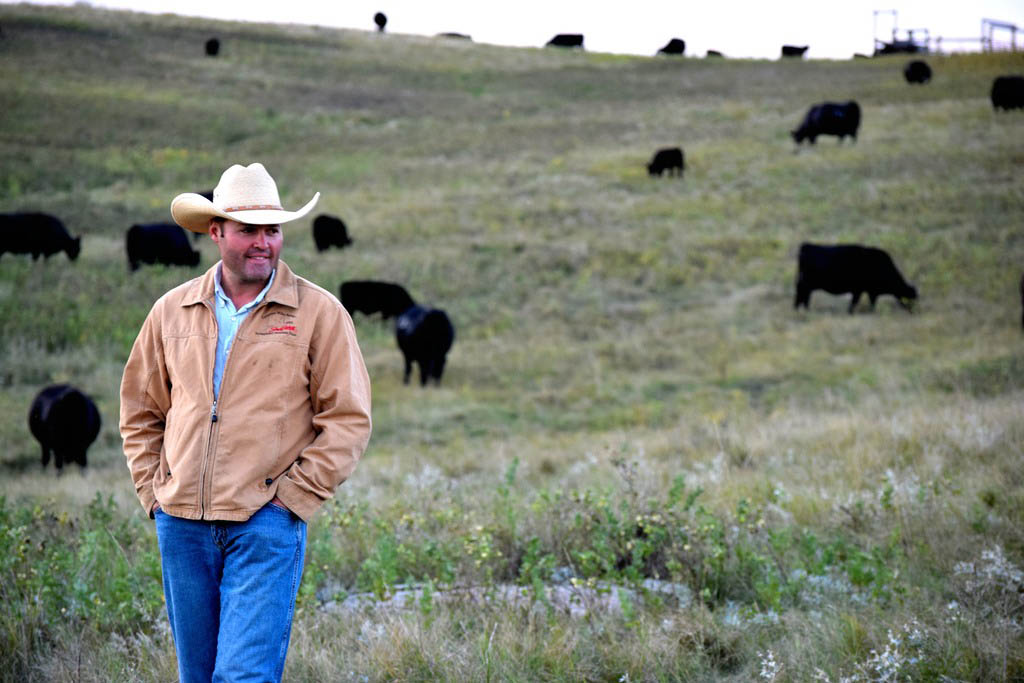Cows and climate change
Aka-what?
We’ve had nothing but polled black cattle around here for the better part of 30 years, give or take a few red recessive genes and a brief trial with some Hereford bulls. That changed the last day of March when 12 red-hided horned bulls arrived from Llano, Texas.
Akaushi (pronounced “ak-a-ooshee”) cattle, also known as Red Wagyu or Japanese Red, were imported to the US from Japan in the early 1990’s. They produce very high quality beef, similar to that of the more common black wagyu, although some beef snobs would tell you the reds aren’t on par with the blacks. I suppose Ferrari owners look down on Corvettes also. Just a quick note here – “wagyu” simply means “Japanese cow”. Akaushi acutally means “red cow” in Japanese.
After speaking to a number of people and reading every article I could find about them, I decided they would be a good choice for a terminal cross on our Angus cows. They should bring $75-100 per head over our straight Angus calves if sold at weaning. If we were to retain ownership and market them on a grid, it could be double that.
I can get used to the red hide and deal with the horns for that kind of premium.

